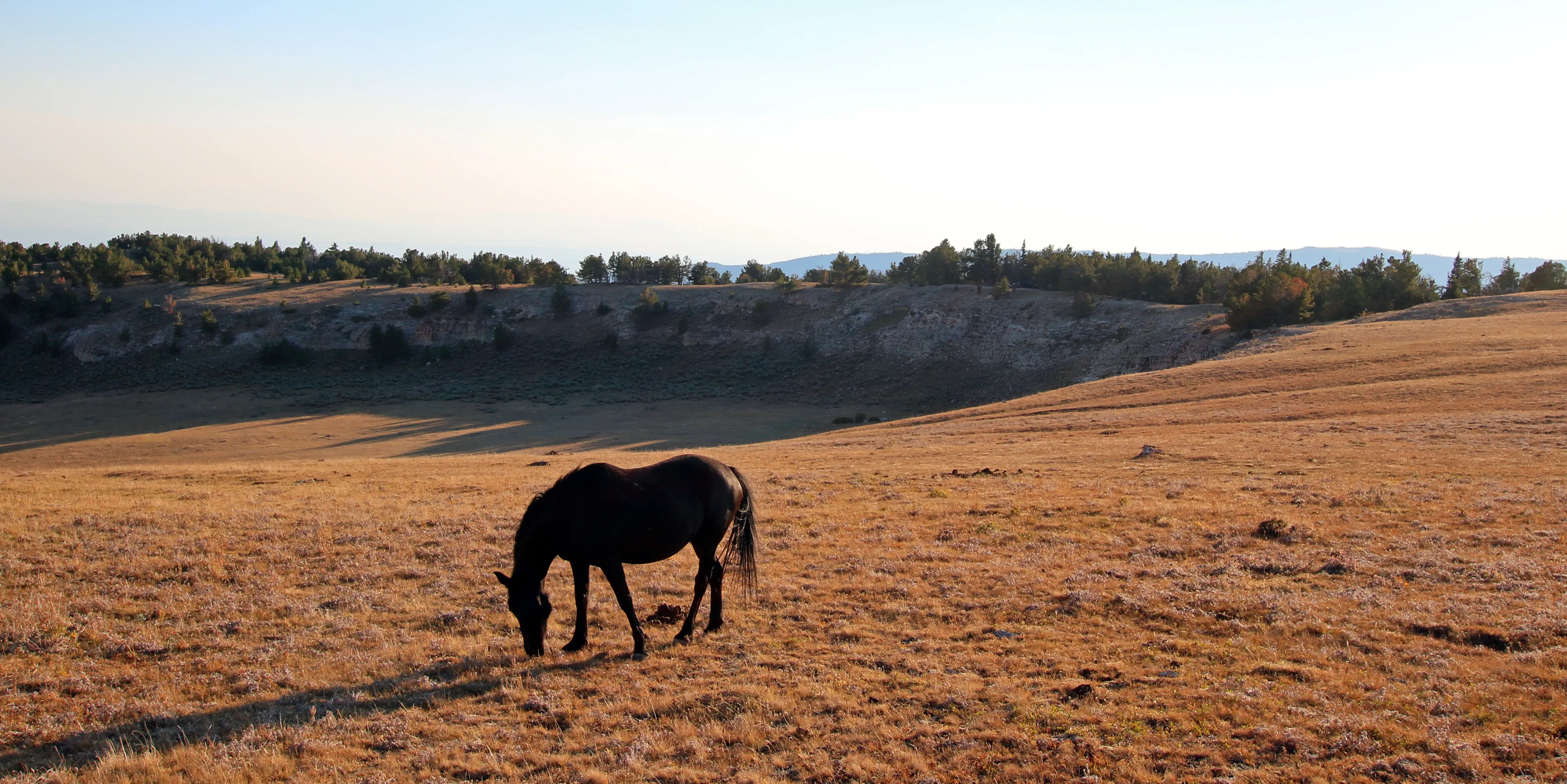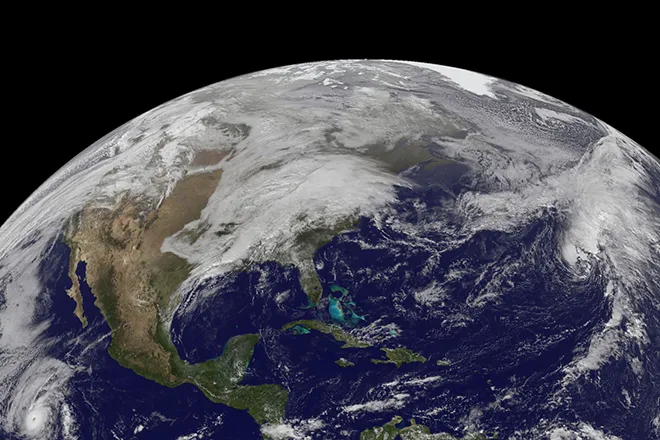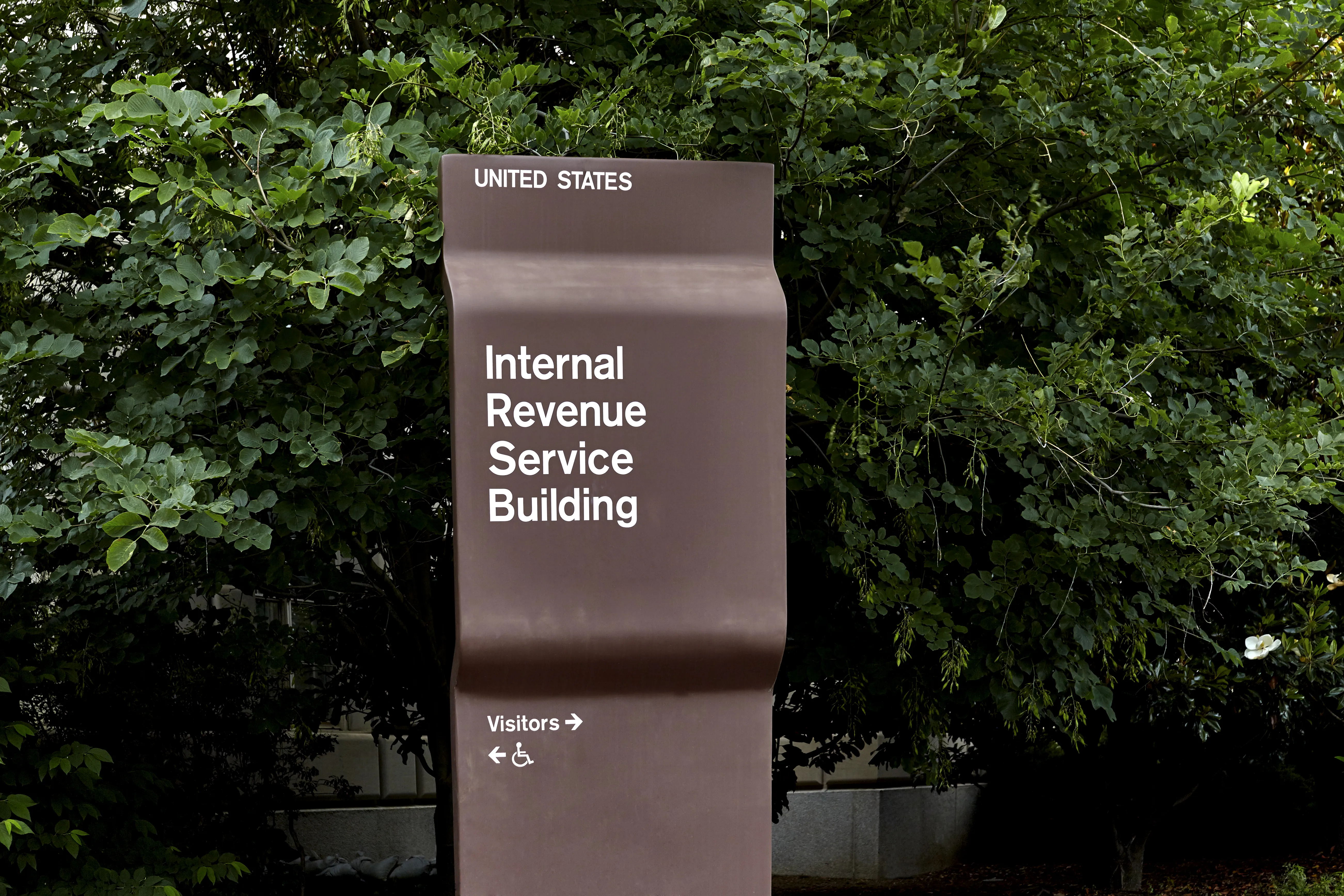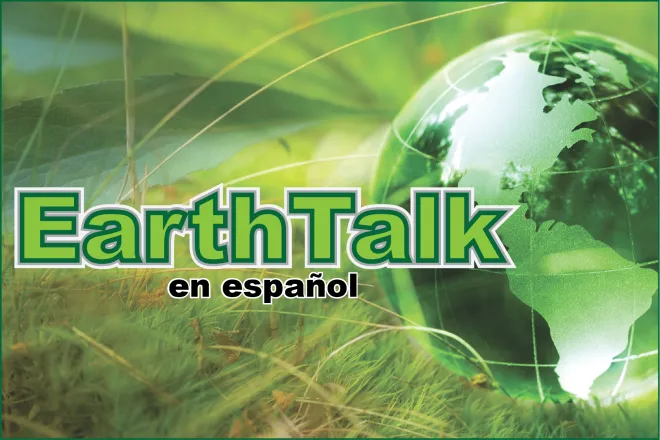
Category 3 hurricane expected to hit Florida with broad impact
(The Center Square) – What is now a Category 3 hurricane roughly 200 miles from Key West is expected to make landfall south of Tampa Bay in the Sarasota area, although there’s still uncertainty about where the final impact will be, Governor Ron DeSantis said in a briefing Tuesday.
“In some areas there will be catastrophic flooding and life-threatening storm surge,” DeSantis said when giving an update on the state’s preparedness and response to the impending storm.
Hurricane Ian, he said, has maximum wind speed of 125 miles per hour and is moving about 12 miles per hour north.
Unlike the devastation caused by Hurricane Charlie, a Category 4 storm, DeSantis said Ian “is historic because of its storm surge and flooding potential.”
Evacuation orders are in place in areas in multiple counties where life threatening storm surge is expected to reach 5-10 feet. There are shelters that are open, the governor said, and residents don’t need to travel out of state or hundreds of miles away.
But because the storm is so wide, he warned, it is expected to impact much of Florida.
The State Emergency Operations Center and the Sarasota County Emergency Operations Center with the Florida Division of Emergency Management have been activated. In addition to the numerous state and county agency resources already involved in preparations, Floridians can call the State Assistance Information Line to receive up-to-date information at 1-800-342-3557.
Floridians are also encouraged to visit the state's disaster website. Those under evacuation orders can find available shelters here. Expedia also is helping Floridians locate housing and shelter options.
There are currently 2.5 million Floridians under evacuation order.
As of 11 a.m., evacuation orders have been issued in Charlotte, Hillsborough, Levy, Lee, Manatee, Pasco, Pinellas, and Sarasota counties.
Hurricane warnings are in effect in Pinellas, Hillsborough, Polk, Manatee, Sarasota, Hardee, DeSoto, Charlotte, and Lee counties.
Tropical storm warnings are in effect in coastal Nassau, Duval, Clay, Putnam, St. Johns, Flagler, Levy, Alachua, Volusia, Citrus, Hernando, Pasco, Sumter, Lake, Seminole, Orange, Osceola, Brevard, Okeechobee, Indian River, St. Lucie, Martin, Highlands, Glades, Hendry, Collier, Mainland Monroe, and Palm Beach counties and the Lower and Middle Keys.
Hurricane watches are in effect in Levy, Citrus, Hernando, Pasco, Sumter, Lake, Seminole, Orange, Osceola, Okeechobee, Highlands, Glades, Hendry, and Collier counties.
Tropical storm watches are in effect in coastal Franklin, coastal Wakulla, coastal Jefferson, coastal Taylor, Dixie, Gilchrist, Alachua, Union, Bradfor, Baker, inland Nassau, Broward, and Miami-Dade counties and the Upper Keys.
Storm surge warnings are in effect from Suwannee River to Flamingo, including Tampa Bay and Charlotte Harbor; Dry Tortugas; Marineland to the Mouth of the St. Marys River; the St. Johns River.
Storm surge watches are in effect in the Florida Keys and from the Aucilla River to Suwannee River; Marineland to Volusia/Flagler Line.
Storm surges are expected to reach up to 10 feet in some areas.
Anclote River to Bonita Beach, including Tampa Bay, is expected to see a storm surge of between 5-10 feet; Suwanee River to Anclote River, a storm surge of between 5-8 feet.
Bonita Beach to Chokoloskee, is expected to see a storm surge of between 4 to 7 feet; Chokoloskee to East Cape Sable, between 3 to 5 feet; Flagler/Volusia County Line to Altamaha Sound, including the St. Johns River, between 2 to 4 feet; East Cape Sable to Card Sound Bridge, including Florida Bay, between 2 to 4 feet, Aucilla River to Suwannee River between 2 to 4 feet; the Florida Keys, including the Dry Tortugas, between 2 to 4 feet; Indian Pass to Aucilla River between 1 to 3 feet.

















